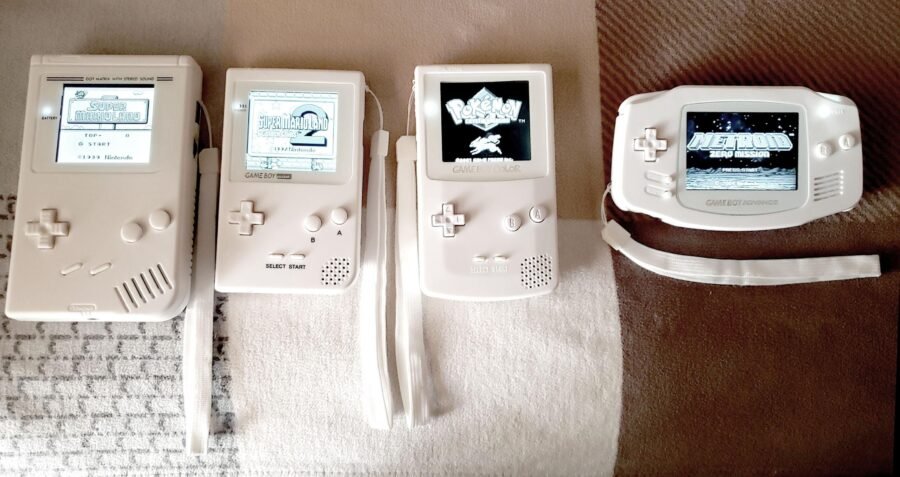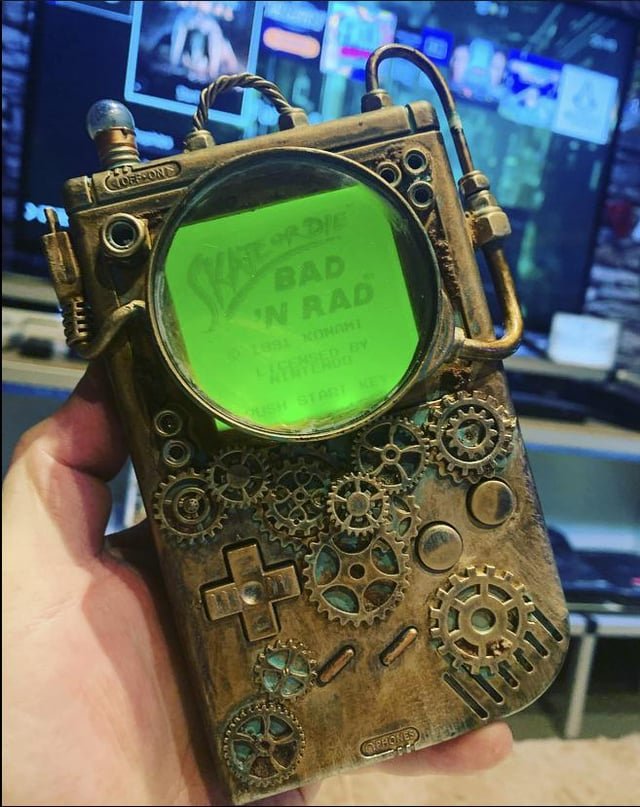Ever since the late 1980s, when the portable gaming console Game Boy first arrived on store shelves, enthusiasts and gamers alike have been passionately engaging in the art of modding. This fascinating practice involves modifying the Game Boy to enhance its appearance and functionality. In fact, if you delve into the archives of modding history, you will come across captivating images that showcase the creativity and ingenuity of modders from those early days. These images portray a wide range of modifications, such as full-chassis repaints that breathe new life into the device and even old-school backlight mods that revolutionize the gaming experience.
During the mid-2000s, there was a significant surge in the popularity of the mod scene. This was largely influenced by the increasing accessibility of high-speed internet and the emergence of online communities that revolved around specialized interests such as Game Boy modding. Within these digital spaces, individuals with a knack for creativity and tinkering began to actively engage with one another, sharing their innovative ideas, ongoing projects, and step-by-step tutorials through various online forums.

Source: @NeatGameBoy on Instagram
In 2004, a groundbreaking moment occurred in the world of Game Boy modding when Warstware released a tutorial that would revolutionize the entire community. This tutorial introduced a simple yet ingenious method to enhance the gaming experience by adding a backlight to the Game Boy. With just an LED, a sheet of aluminum foil, and a CD case, gamers could now enjoy playing their favorite games under any lighting conditions.
The impact of this breakthrough was significant. It not only made Game Boy modding more accessible to enthusiasts but also sparked a wave of inspiration among aspiring modders. The release of this tutorial led to an exponential growth in the community, attracting individuals from all walks of life who were eager to explore their creativity and push the boundaries of what was possible.

Source: /u/shootymcgungun on Reddit
As the community expanded, so did the level of innovation and craftsmanship displayed in its creations. Modders began experimenting with different materials, techniques, and designs to elevate their Game Boy modifications to new heights. The once humble handheld console became a canvas for artistic expression, with each modder striving to create unique and visually stunning pieces.
The influence of Warstware’s tutorial cannot be overstated. It not only paved the way for countless other tutorials but also ignited a passion for Game Boy modding that continues to thrive today. The community’s dedication to pushing the limits of what can be achieved with a Game Boy is a testament to the lasting impact of that initial breakthrough.

Source: /u/KR4SH0V4R1D3 on Reddit
Social media has revolutionized the world of niche hobbies, such as Game Boy modding, by bringing them into the spotlight and capturing the interest of people outside these communities. Today, it is not unusual to come across remarkable Game Boy mods being showcased on popular gaming news platforms. One notable example is Christopher Graves’ incredible Game Boy camera modification, which garnered widespread attention in early July. Additionally, The Verge published a captivating article featuring Obirux’s horizontal Game Boy, further highlighting the growing recognition of these mods. It is worth noting that in the 1990s, magazines rarely acknowledged the existence of such modifications.
